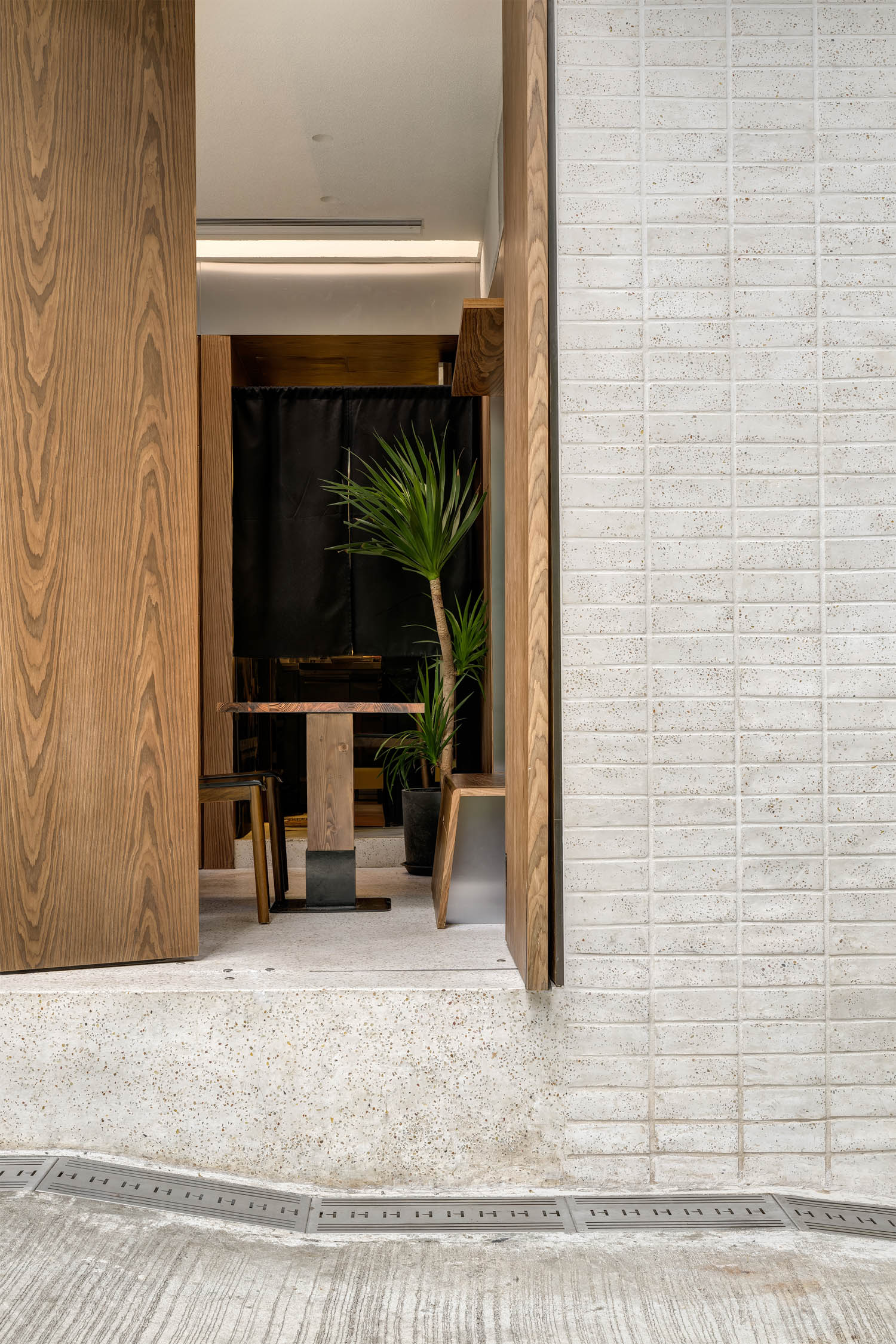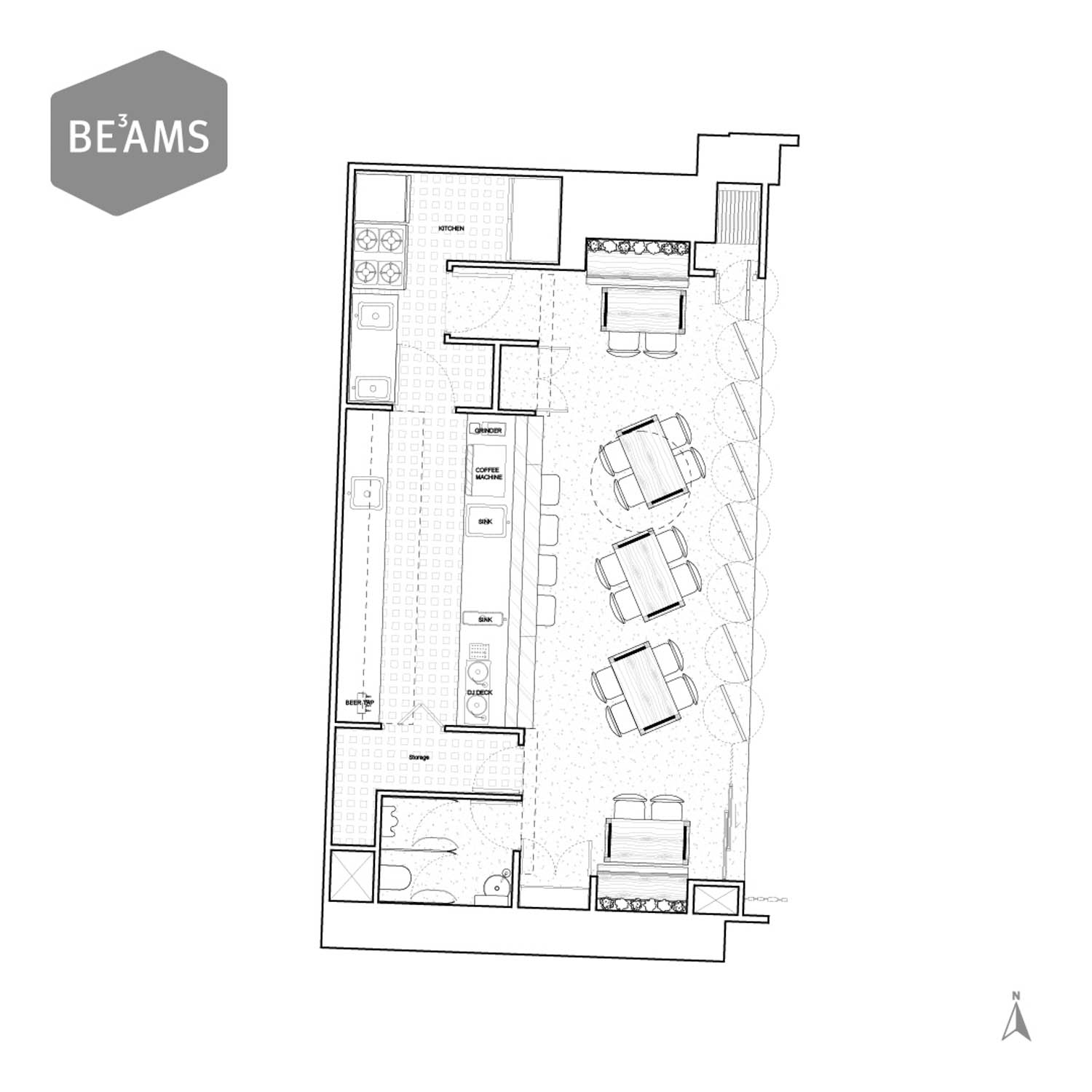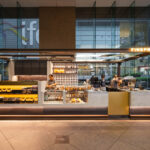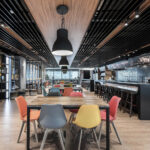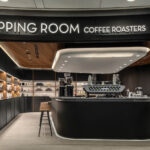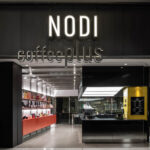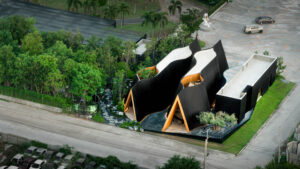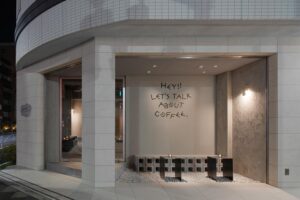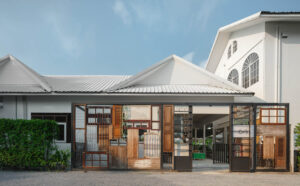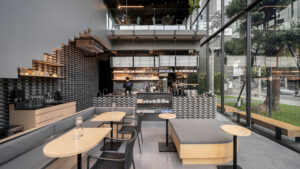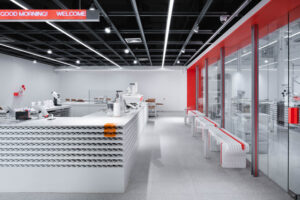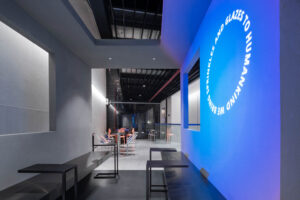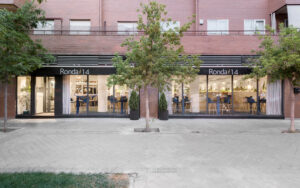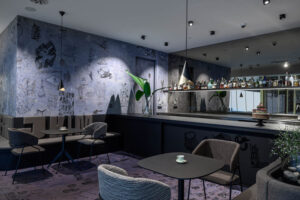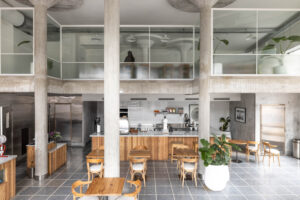Rootdown: Beams Creative’s Fusion of American Barn Aesthetics and Surrealism in Hong Kong
Located in the heart of Hong Kong, Rootdown is a cafe designed by Beams Creative that offers a unique blend of American barn aesthetics and surreal elements, creating a warm yet contemporary space. With its timber screening, circular skylight, and carefully selected material palette, Rootdown transforms a narrow urban context into an inviting environment that connects with the surrounding landscape. Beams Creative, known for their multidisciplinary design practice ranging from spatial design to art exhibitions, has crafted a distinctive atmosphere that merges functionality with an approachable, natural vibe, offering a truly unique cafe experience in one of the city’s bustling districts.
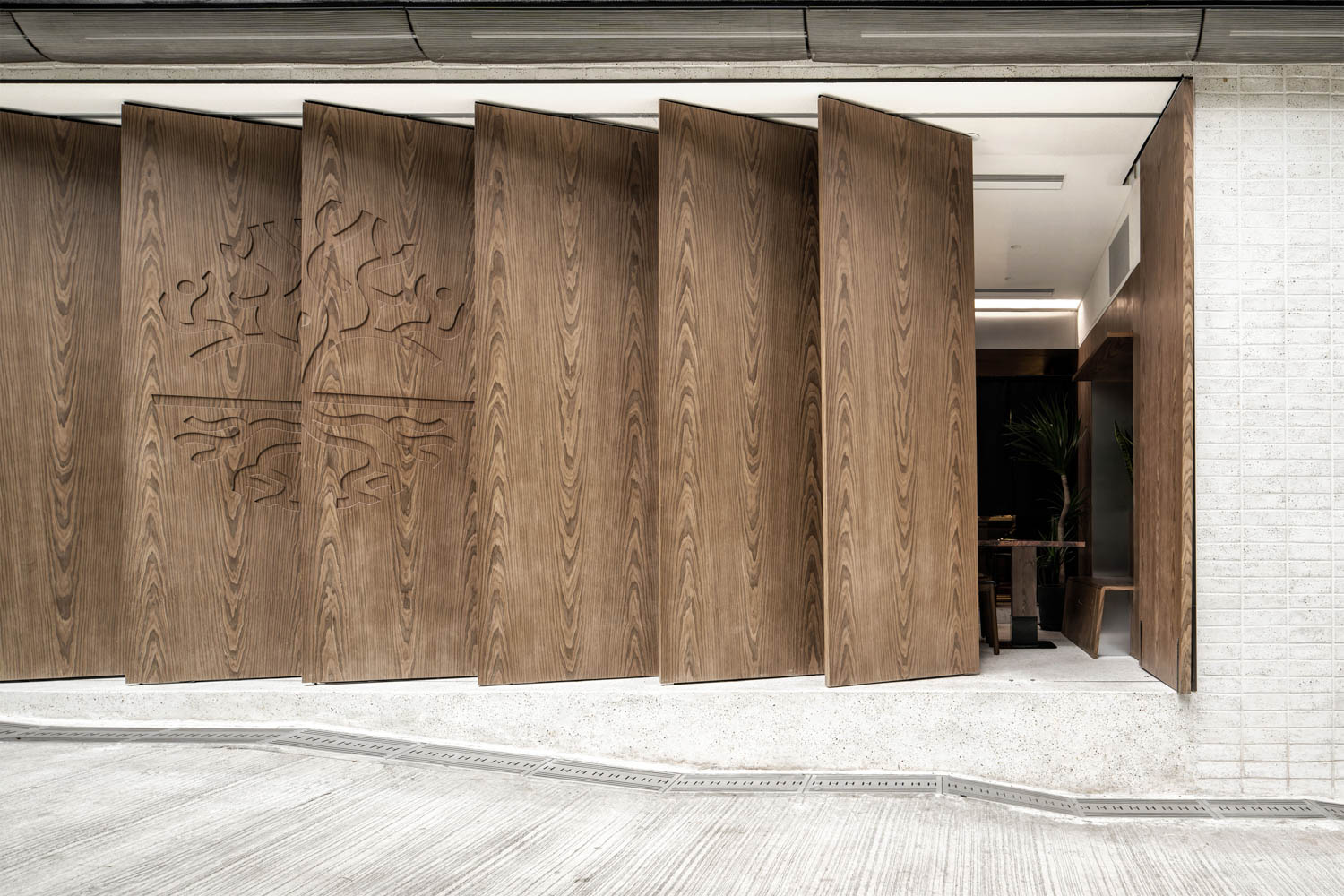
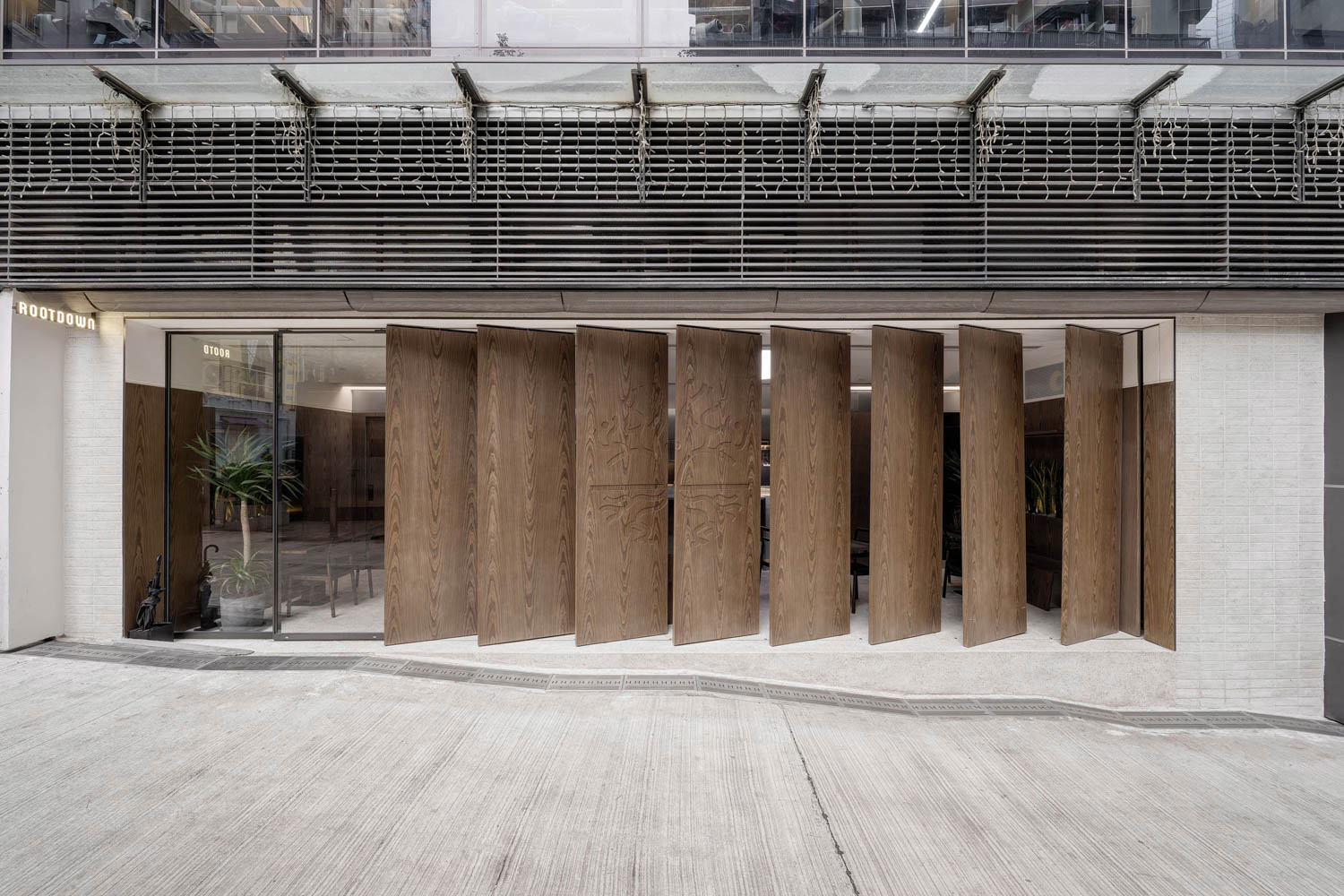

Photography by Steven Ko
To explore cafes worldwide see bestcafedesigns.com. A top 100 architectural blog and global directory of cafes and cafe professionals
See also here for other HK cafes on the directory
Can you describe your design practice Beams, and your multidisciplinary fields of work?
Beams is a design studio specializing in spatial design that ranges from interior architecture to brand activations, art exhibitions, and tradeshows.
What was the inspiration behind the facade treatment and timber screening at Rootdown, and how do these elements contribute to the overall aesthetic and ambiance of the cafe?
For the aesthetic and mood we referenced classic American barns and fused those elements with surrealism. The screens in particular were a reworking of the large wooden barn doors commonly found in midwest America.
Can you share the background story or design philosophy behind the counter bench at Rootdown? What were the key factors that influenced its shape, materials, and placement?
by the counter, I’m assuming you mean the bar? The bar counter was an intersection between the fully natural and warm public seating area into the metallic working area. We wanted to add reflective elements to the space while also keeping the area as open as possible and not visually decreasing the footprint, hence the glass casing. The shape with the cutout of the glass on one side allowed the restaurant functionally to designate to guests where the POS and purchasing activity were placed.

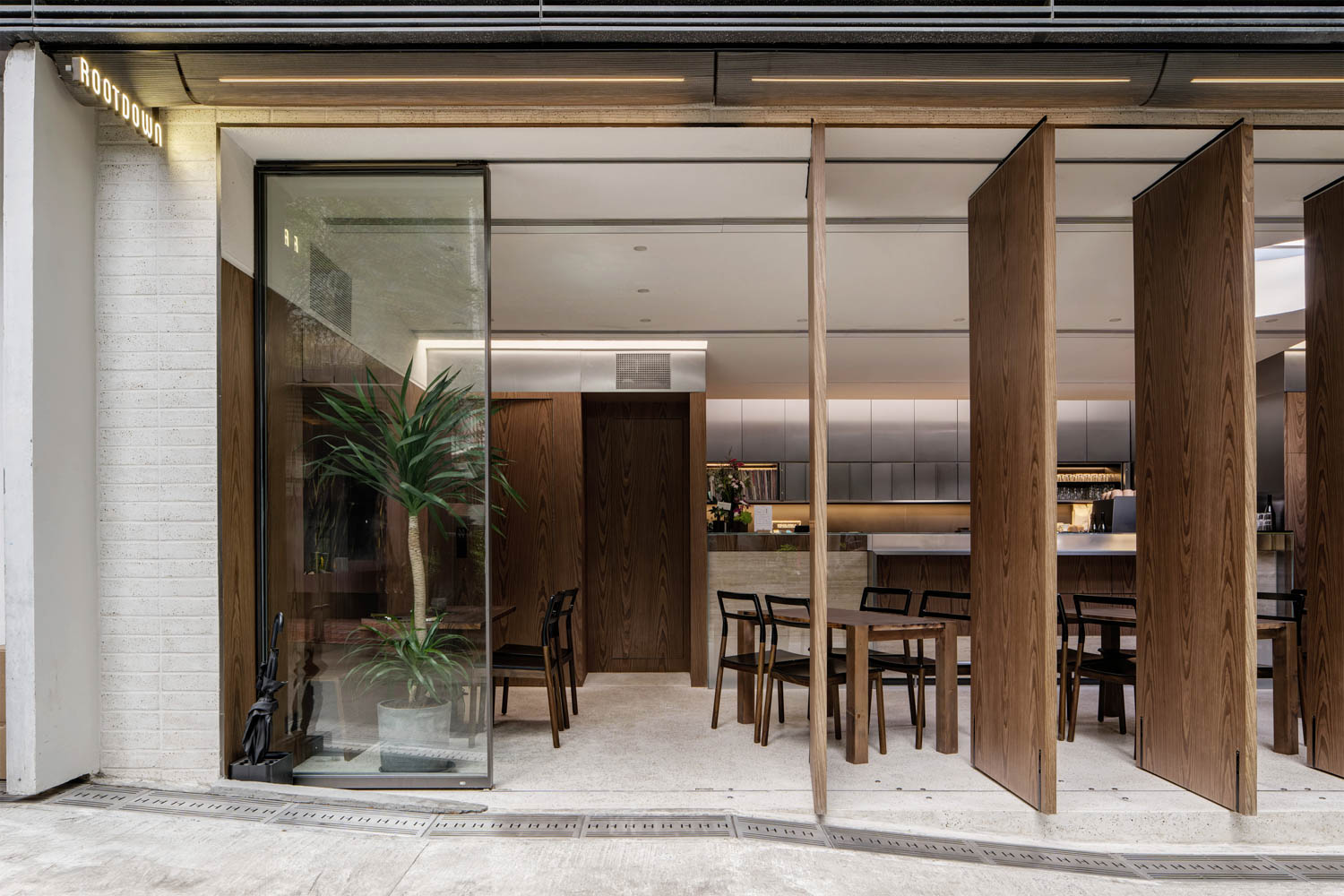
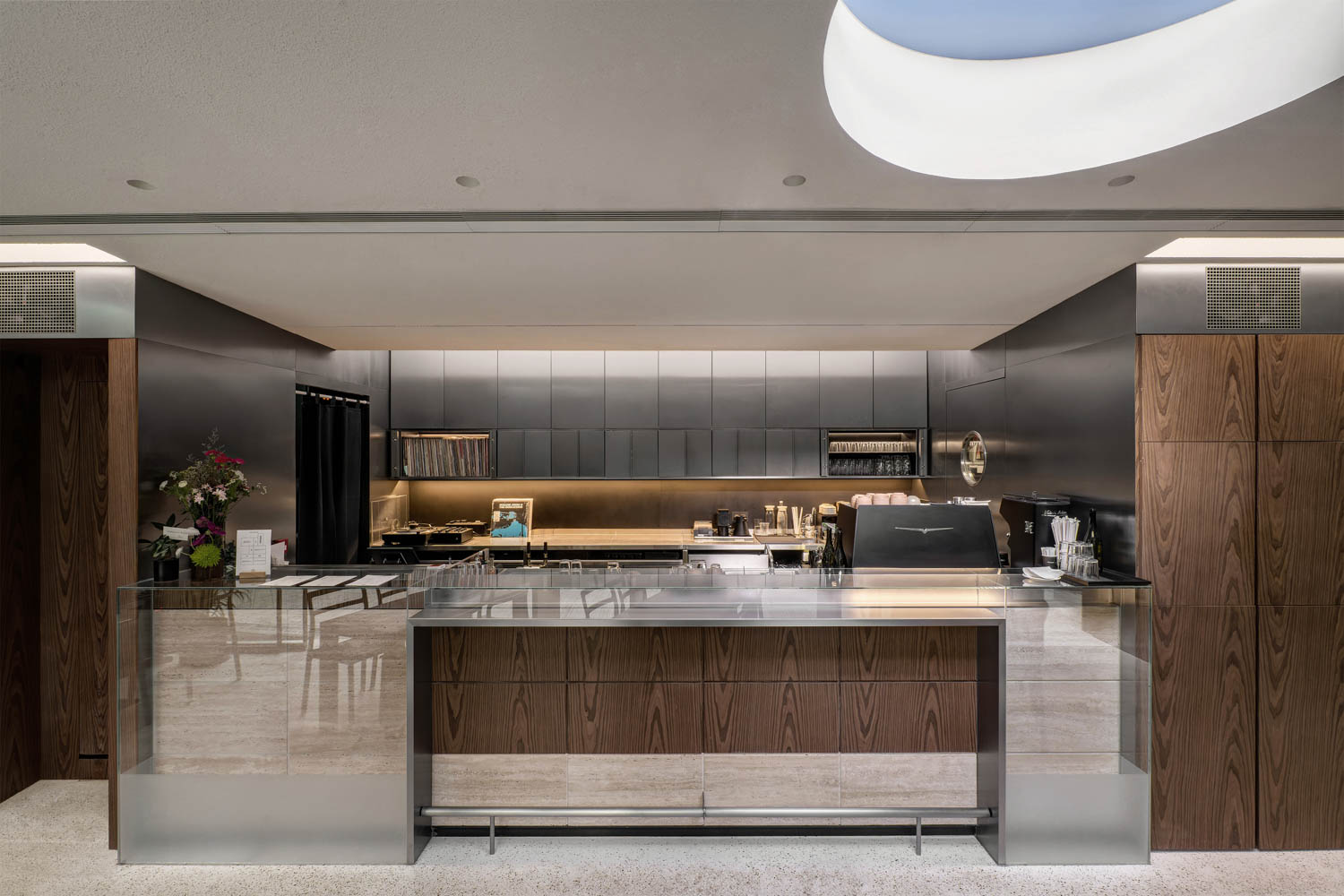
The circular skylight above the counter is a standout feature in Rootdown. How did the idea for this design element come about, and how does it impact the natural lighting and atmosphere within the cafe?
The central theme for the lighting design came from the name of the restaurant’s name: Rootdown. From this name, we imagined a cozy natural sinkhole which, from our research, usually occurs in a circular form. We recessed all of the main lighting features to further enhance this theme.
The timber veneer grain in the integrated seating and planting areas is particularly striking. What was the thinking behind selecting this specific grain, and how does it enhance the customer experience?
the color of the grain was significant as we had to strike a particular balance. We had to avoid lighter tones that would be deemed Japanese-inspired while also steering clear of tones that would be perceived as mature. Of course, we could not get American Oak so we scavenged for something with similar grains that we could stain to a similar color. We also opted for matte finishes to make the place more approachable and aged.
How did you balance the need for functional spaces with the desire for a visually appealing design, especially in high-traffic areas like the counter and seating zones?
the seating area contains two booths with a mixture of moveable tables which allows the space to transform into a bar at night, or an event space if needed. While the space feels cozy and soft, all materials we use are hard and easily cleaned.
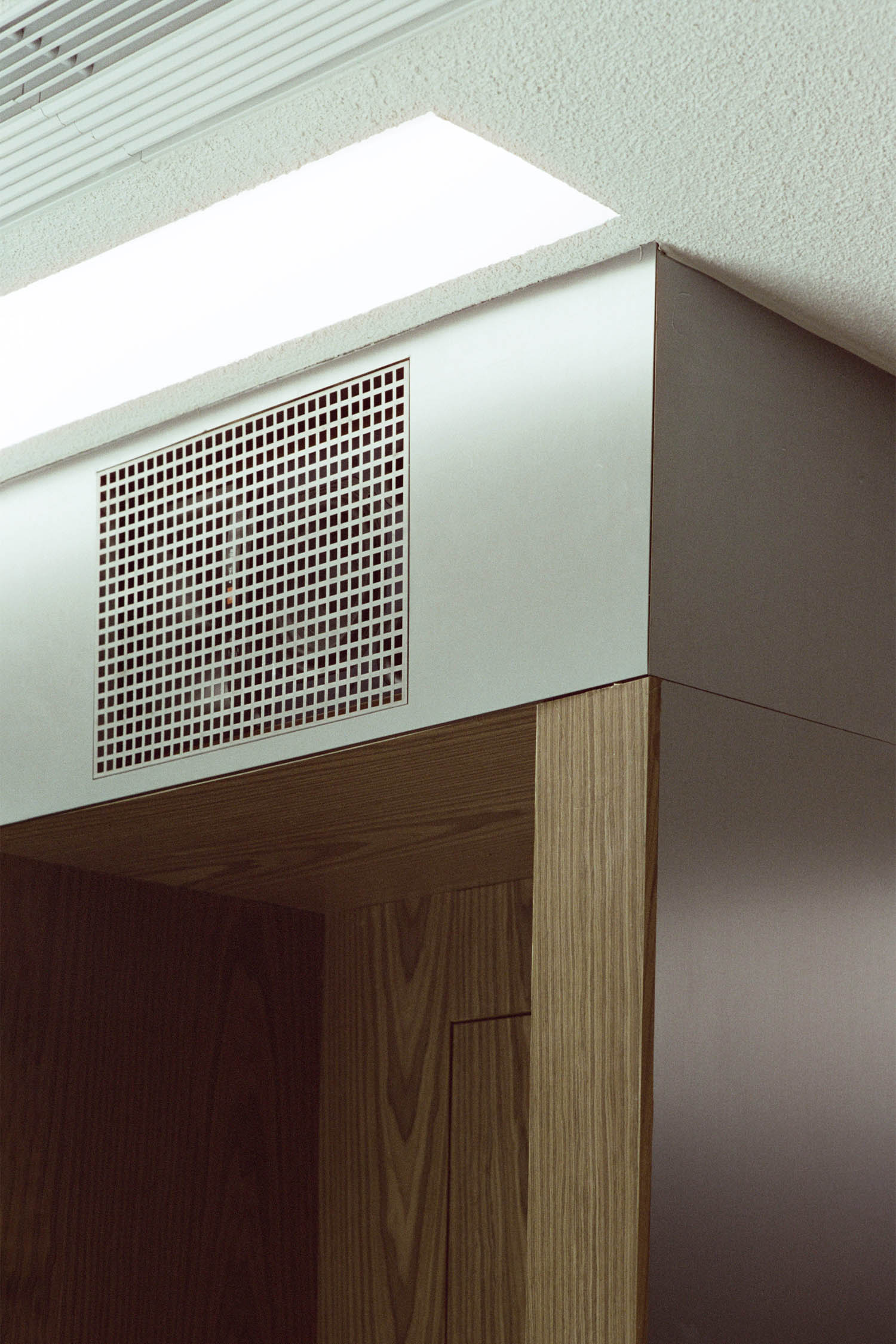
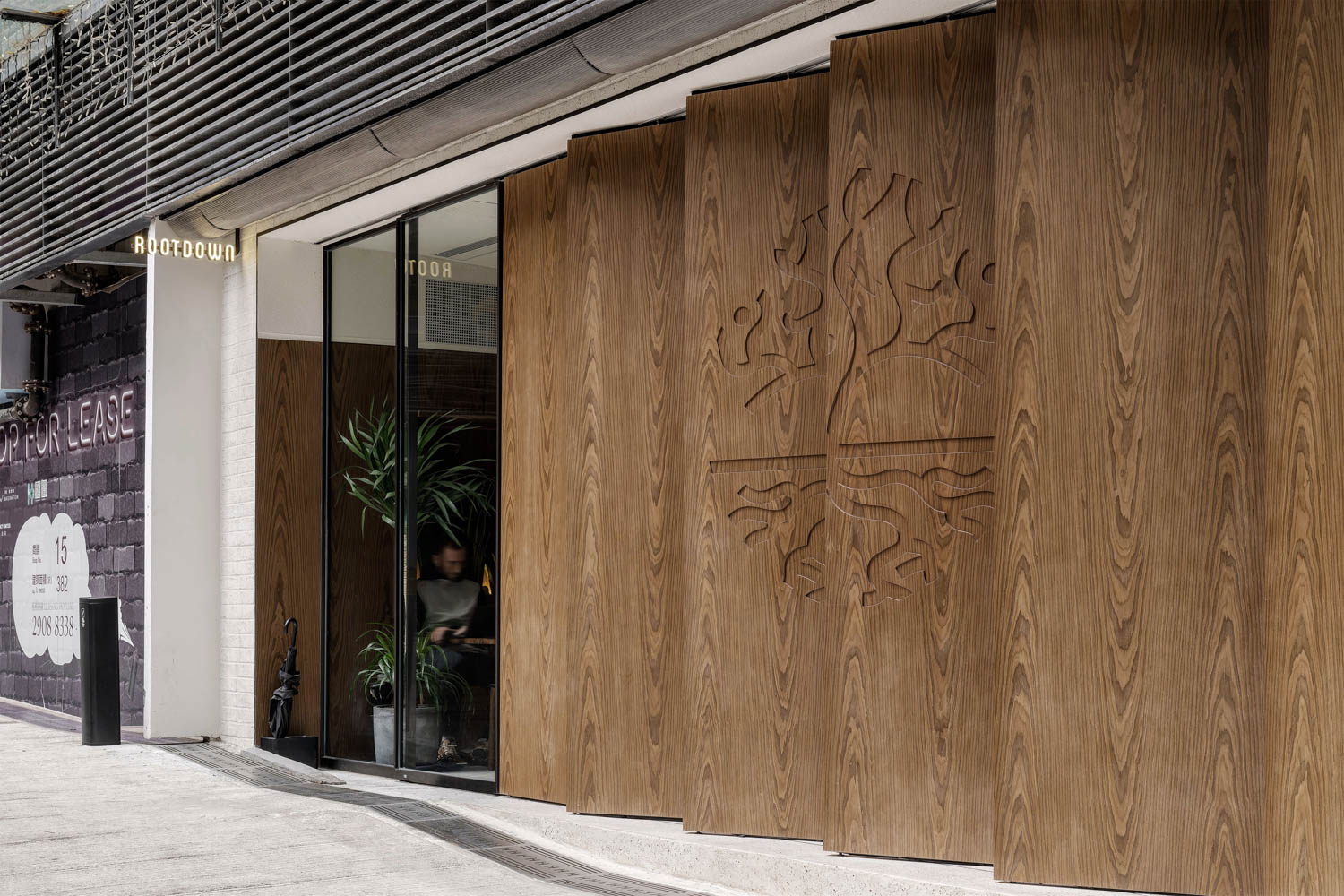
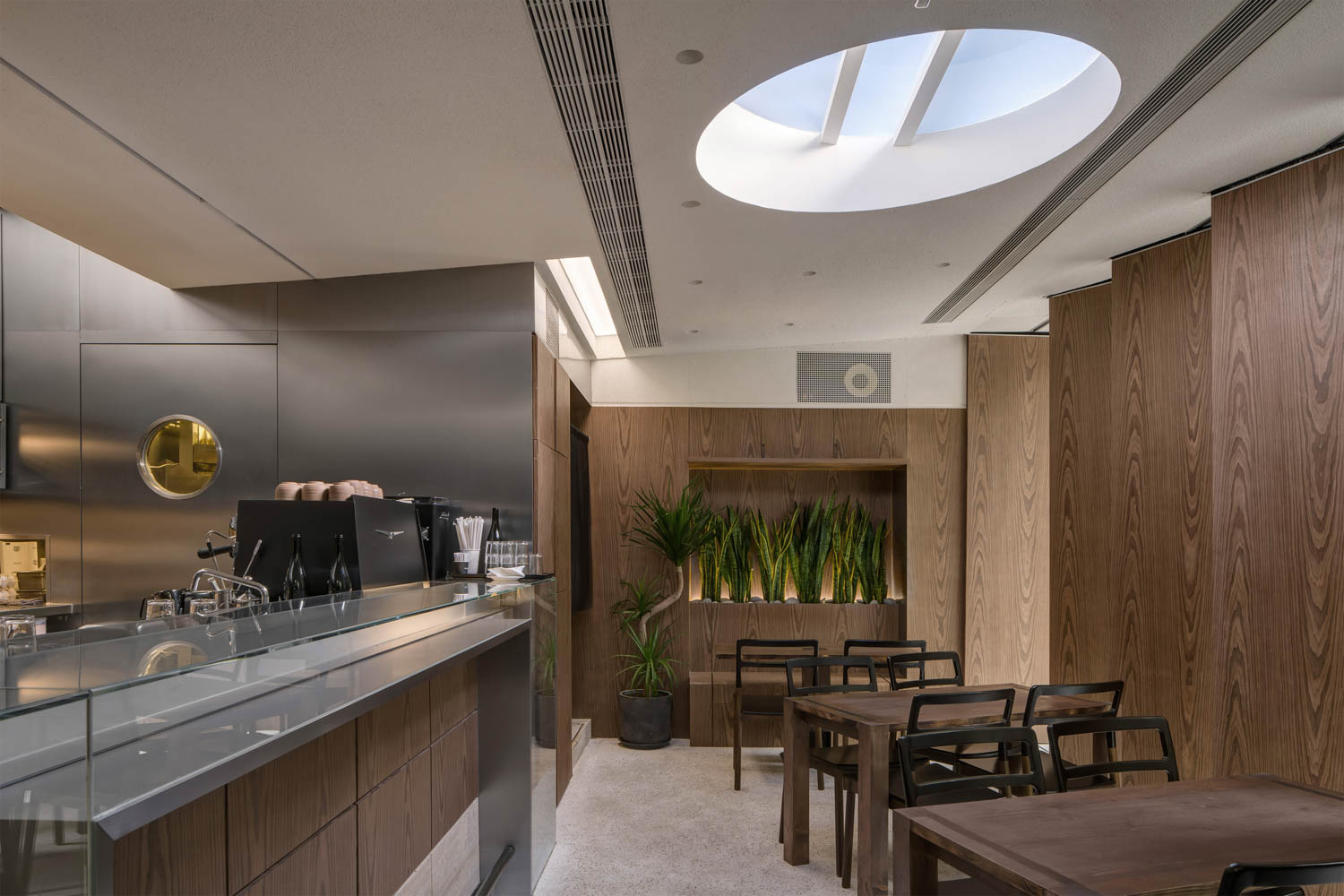
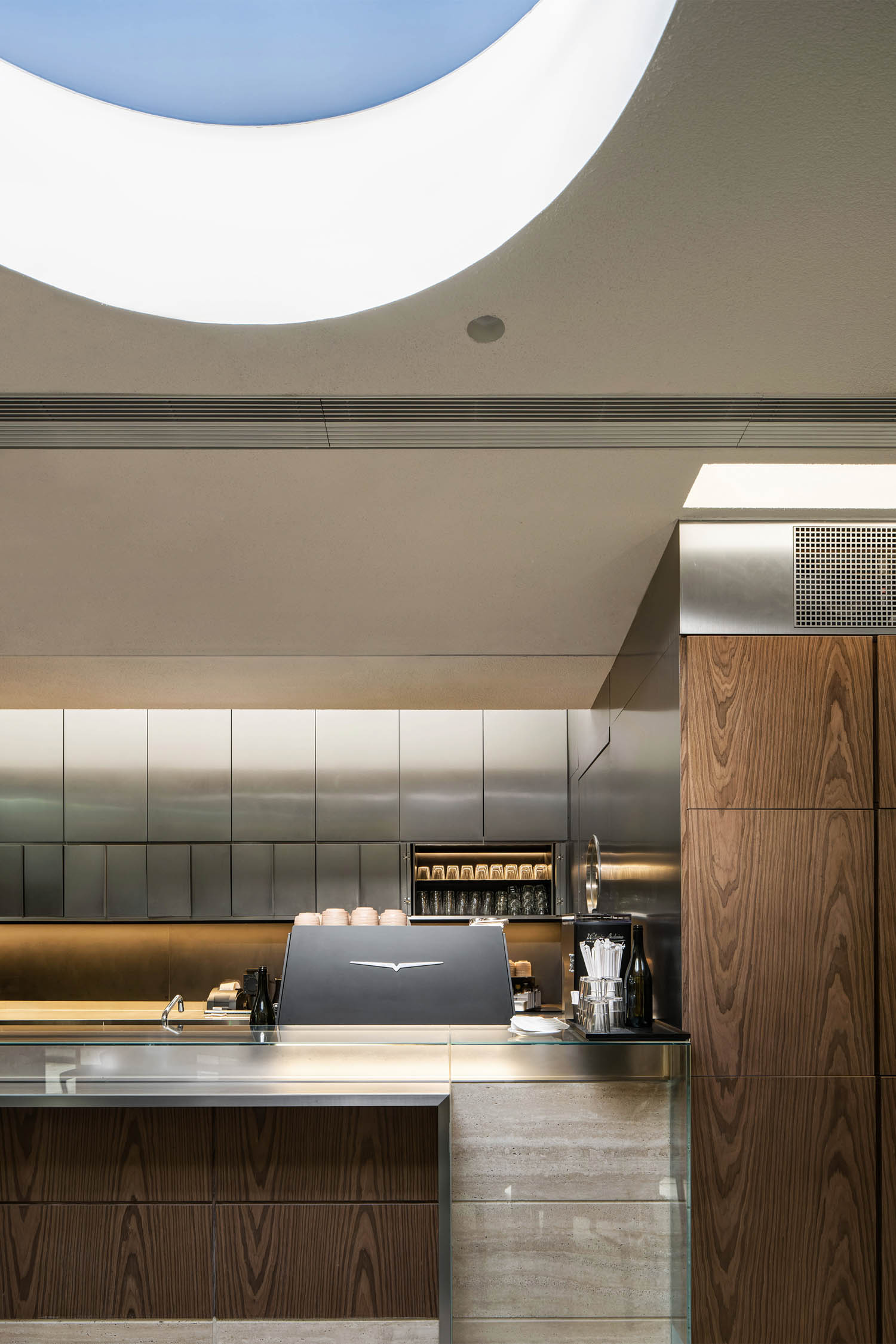
What considerations went into choosing the materials for Rootdown’s design, particularly the timber elements, and how do these materials contribute to the sustainability and longevity of the space?
The materiality at Rootdown plays an integral role in defining the ambiance. The goal was to be as warm and inviting as possible while maintaining a modern appeal. The wood, as mentioned earlier is coated in matte finishes so that one can still feel the grains. The floor and the facade use a custom terrazzo made of white concrete with yellow glass aggregates, which adds to the warmth and approachability. Of course, the floor is also coated in a matte finish.
The seating areas include integrated planting. What role does this integration of nature play in the overall design, and how does it reflect Rootdown’s brand or concept?
A: The inclusion of greenery further accentuated other natural materials used in the pallet at Rootdown. The greenery furthers the underlying themes of a natural sinkhole while helping to frame photogenic areas. We pushed for more greenery but unfortunately, it would have conflicted with the dynamics of the space.

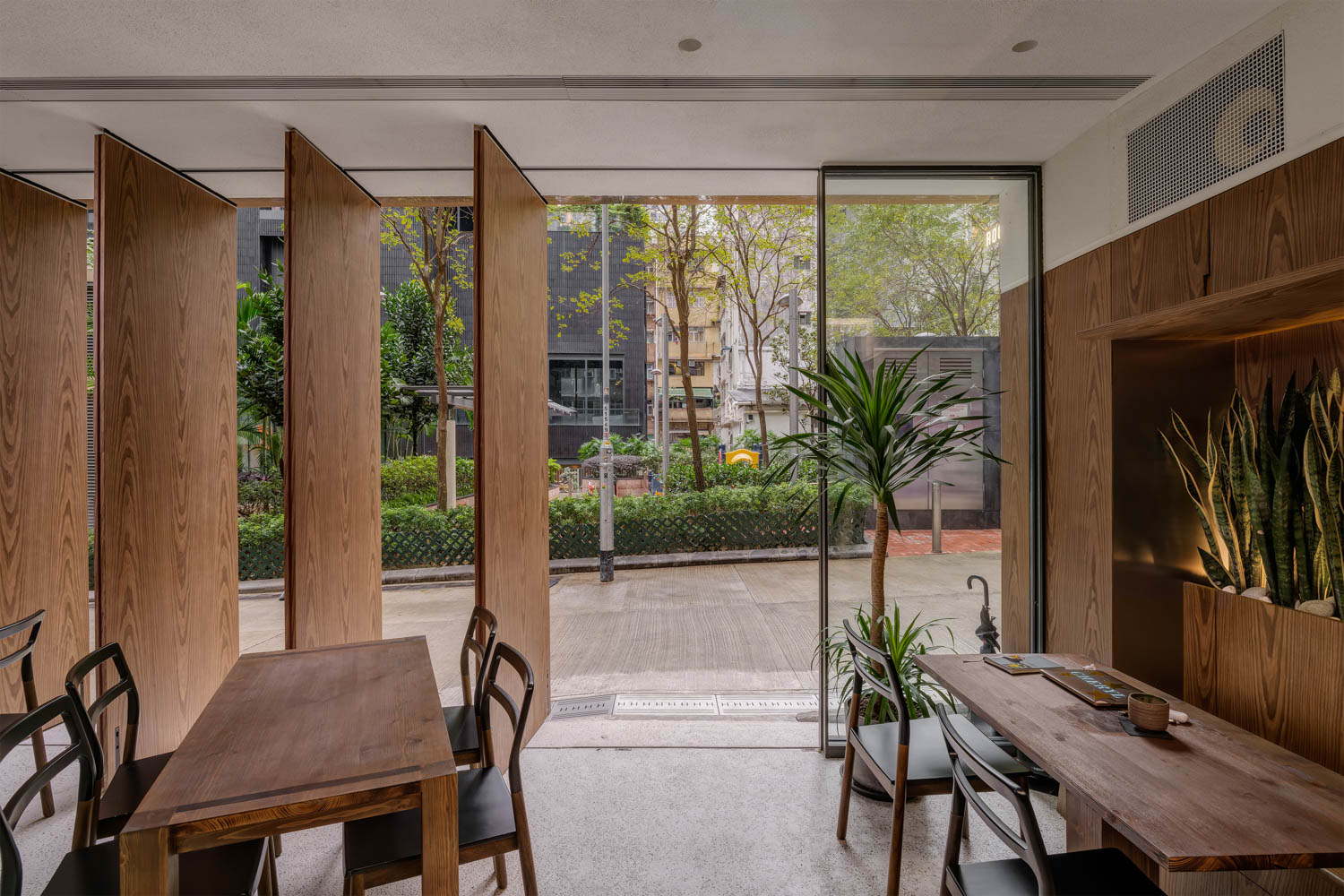
Were there any unique challenges you faced during the design process of Rootdown, particularly regarding the narrow urban context of Hong Kong, and how did you overcome them?
One of the key goals in the design was to use the context of the space as well as possible. Rootdown sits along a sloping pedestrian path and is adjacent to a park. The screen doors were a solution to connecting the restaurant to the public spaces that were allotted to the site. The sloping path became additional seating along the site line and the neighboring park became a part of the restaurant itself.
